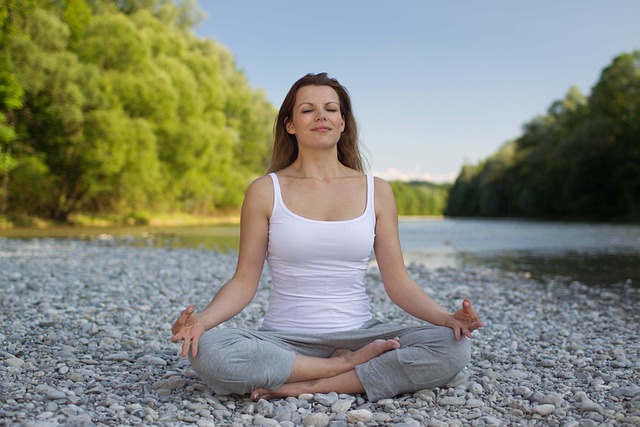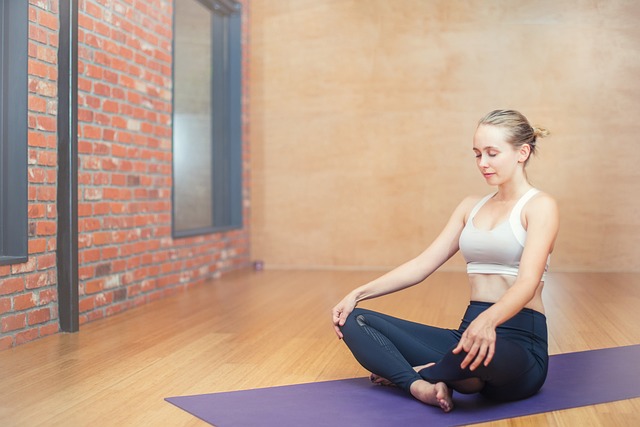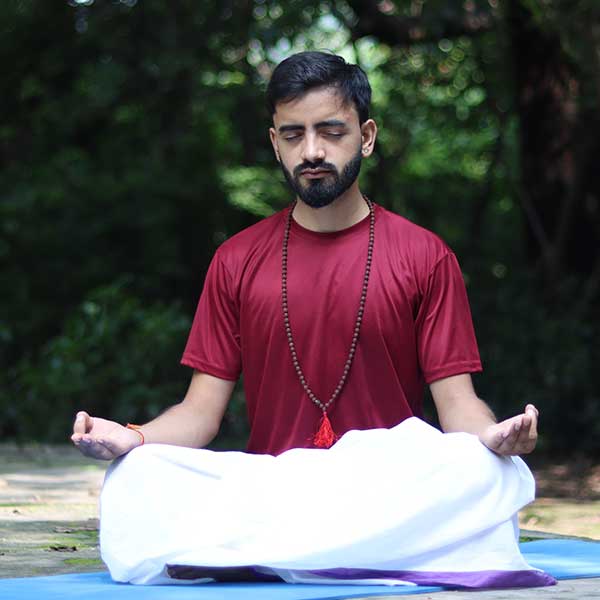
Meditation Techniques to Practice Before Your Yoga Retreat
Introduction
Going for a yoga retreat is one of the best ways to advance your practice, rest your mind, and meet like-minded people. It is also advisable to practice meditation while planning for this journey because it will add to the overall experience. A yoga retreat requires one to be mentally and sometimes physically prepared. This comes with meditation and relaxation.
Understanding Meditation
Meditation is something that an individual does to maintain their physical and mental status while using a method, like getting a concentrated focus on an object, thought, or action, to promote attention and awareness and maintain a mentally clear and emotionally calm condition. Its advantages include such outcomes as stress reduction, focus enhancement, and a boost in mood. All the above benefits can significantly improve your yoga retreat experience by helping your mind and body to unite.
Selecting the Proper Method of Meditation
By identifying the right meditation technique, an individual will get it right in his practice. Think about your interests, the amount of spare time you will be able to spend, and your objectives. Common methods that are used by newcomers include breath meditation, mindfulness, guided image visualization, benevolence meditation, chanting meditation, and body-aware meditation.
Breathing Meditation
Steps to Practice
Among other things regarding its operational characteristics, it is recommended to sit comfortably, close your eyes, and start to watch the breathing process. Take a deep breath with your mouth closed, retain the breath for a few seconds, and expel it through the mouth. Do the same thing again, this time focusing on the fact that you are changing your breathing pattern.
Benefits of Yoga Retreats
Breathing meditation is good and useful for controlling the mind from wandering, controlling stress, and helping to focus the mind to help prepare for the yogic breathing exercise.
Mindfulness Meditation
How to Practice Mindfulness
Choose a peaceful location, remain in it, and do not think about anything other than what is happening to you at that particular time. Inform yourself about general aspects of mindfulness and think about your typical way of paying attention to your thoughts and feelings. Certainly, if your mind begins to meander, kindly help it return to the desired place.
Impact on Yoga Practice
As you practice mindfulness meditation, you strengthen your focus, and this is very important when it comes to executing the right movements that are required in yoga asanas.
Guided Visualization
Process of Guided Visualization
Use an audio guide or read the script out loud of the comforting pictures and events for you to imagine. It is all about visualization: picturing yourself in a place that gives you comfort and trying to get into that place with all your sensory organs in the best possible way.
Benefits for Relaxation and Focus
To a yoga retreat, guided visualization is useful in that it helps to lower the level of anxiety and enhance the level of relaxation as well as clarity.
Loving-Kindness Meditation
Practicing Loving-Kindness
Be still and dwell on positive emotions towards yourself and others. It is recommended to begin with oneself and gradually expand these feelings toward the closest people, people you know, and people with whom you have conflicts.
Enhancing Compassion and Connection
Compassion meditation increases kind feelings and relationships and enhances patronage during the yoga retreat.
Mantra Meditation
Steps to Practice Mantra Meditation
Pick a word or phrase that you like, for example, “peace” or “om.” Find a comfortable position, sit down, close your eyes, and start saying the mantra to yourself either loudly or quietly. Concentrate on the sound and meaning of the word/phrase you have chosen.
Using Mantras to Deepen Yoga Practice
Mantra meditation helps improve concentration because it gives something to focus on, and that can be helpful when practicing yoga and holding yoga poses.
Body Scan Meditation
How to Perform a Body Scan
Now that you are in your comfortable position, just lay back and relax your eyes. With your eyes closed, begin to pay attention to your toes, gradually moving up to all the different parts of your body and checking how it feels. Starting from the tip of your toes, gently move upwards to your head and as this is done, each part is eased.
Benefits for Physical and Mental Relaxation
Body scan meditation helps in relaxing, relieving stress and tension, and giving awareness about the physical structure of your body, thus making one fit for the retreat programs.
Creating a Special Space for Meditation
First of all, it is necessary to point out that it is crucial to establish certain conditions for meditation. The first recommendation is to select a calm and comfy location with minimal levels of noise. Try to sit on a cushion or blanket or if available, use a special meditation bench for your back. Use things like candles, incense, or soothing music to also enhance the environment.
How to Easily Apply Meditation to One’s Daily Schedule
The main rule required to experience the benefits of meditation is to practice it regularly. It is recommended to begin with sessions of 5–10 minutes and then increase the time spent on them. It is possible to start practicing meditation and applying it to your daily regimen, for instance, at the moment of awakening or right before going to sleep. Integrate meditation with other activities that one does daily, such as walking or even having a meal, to make meditation a daily routine.
Pros and Cons of Meditation
Some of the problems experienced by most meditation enthusiasts are as follows: The major problems affecting the practice of meditation are as follows: These can be prevented by following a schedule to help with consistency, not expecting much from the process at the initial stage, and using guided meditation to ensure that one is on the right track. However, meditation is a skill that one develops, and hence, the more frequently one practices it, the better the results.
Tracking Progress
It is advisable to use a meditation journal when recording the progress that one is making. Take written records of the events, your subjective experiences, and any self-identified problems you may have. It can be helpful to think about steps that one has taken and experiences that one has gained with hope for the next stage to come.
Planning for Your Yoga Holiday
Practicing meditation along with your yoga preparations also means that by the time you are heading for the yoga retreat, your mind and body are set. Specify the goals for the situations you want to find yourself in and what you want to get out of them. Practice mindfulness, that will be useful when looking for the right retreat and also during your retreat.






Leave a Comment